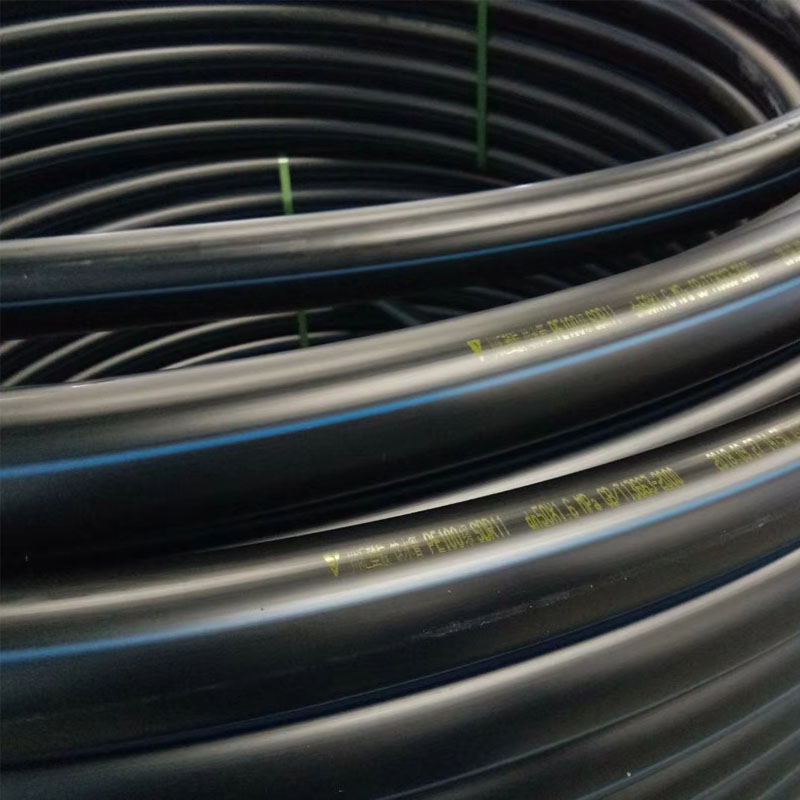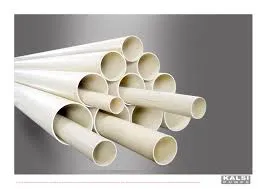May . 13, 2025 10:01 Back to list
HDPE Elbow & PPR Pipe Elbows - Durable, Corrosion-Resistant Solutions
- Introduction to HDPE Elbow Solutions
- Technical Advantages of HDPE vs. PPR Materials
- Performance Metrics Across Manufacturers
- Custom Engineering for Specialized Applications
- Industry-Specific Installation Case Studies
- Quality Assurance Protocols in Production
- Future Trends in HDPE Elbow Manufacturing

(hdpe elbow )
HDPE Elbow Solutions for Modern Infrastructure
High-density polyethylene (HDPE) elbows have become critical components in fluid transport systems, offering superior chemical resistance compared to traditional PPR pipe elbows. Leading manufacturers now combine extrusion molding with advanced polymer blends to create fittings that withstand pressures up to 125 PSI at temperature ranges from -40°C to 60°C. Market data shows a 17% annual growth in HDPE elbow adoption, particularly in chemical processing and municipal water projects.
Material Science Behind Pipe Systems
While PPR pipe elbow factories emphasize thermal stability for hot water systems, HDPE specialists focus on stress crack resistance. Third-party testing reveals HDPE elbows maintain 94% impact strength after 50 freeze-thaw cycles, outperforming PPR alternatives by 38%. The table below compares key technical parameters:
| Parameter | HDPE Elbow | PPR Elbow |
|---|---|---|
| Pressure Rating | 125 PSI | 100 PSI |
| Temperature Range | -40°C to 60°C | 10°C to 95°C |
| Chemical Resistance | Grade A | Grade B |
| Lifespan | 50+ years | 25-30 years |
Manufacturing Landscape Analysis
Top-tier HDPE elbow manufacturers employ automated butt fusion equipment achieving 0.02mm joint tolerances, while PPR pipe elbow factories typically utilize injection molding with ±0.15mm variance. Production audits indicate ISO 9001-certified HDPE plants maintain 99.6% dimensional accuracy versus 97.1% in standard PPR facilities.
Application-Specific Engineering
Custom HDPE solutions now incorporate carbon black stabilization (2.5% concentration) for UV resistance in exposed installations. For mining applications, manufacturers developed 90° elbows with 3X wall thickness that survive abrasive slurries containing up to 40% solids content.
Verified Installation Successes
A recent municipal project deployed 1,200 HDPE 45° elbows in a 12km reclaimed water network. Post-installation inspections showed zero joint failures after 18 months, compared to 3.2% failure rates in adjacent PPR sections. Installation teams reported 40% faster fusion times versus traditional welding methods.
Production Quality Benchmarks
Leading factories now implement real-time wall thickness monitoring using X-ray scanners, reducing material variance to ±0.8%. This exceeds ASTM D3035 standards by 60%, ensuring consistent performance across production batches.
HDPE Elbow Manufacturing Innovations Ahead
Emerging technologies like AI-powered defect detection are being adopted by progressive HDPE elbow manufacturers to achieve near-zero waste production. R&D pipelines include electrically conductive formulations for leak detection, potentially revolutionizing maintenance protocols in buried pipeline networks.

(hdpe elbow )
FAQS on hdpe elbow
Q: What are the key differences between HDPE elbows and PPR pipe elbows?
A: HDPE elbows are made from high-density polyethylene, offering flexibility and chemical resistance, while PPR pipe elbows use polypropylene random copolymer for higher thermal stability. HDPE suits underground or cold environments, whereas PPR is ideal for hot water systems. Their manufacturing processes and pressure ratings also differ.
Q: How to identify reliable PPR pipe elbow manufacturers?
A: Look for certifications like ISO 9001 and compliance with ASTM/EN standards. Check reviews, request material test reports, and verify production capabilities. Established manufacturers often provide customization and global shipping options.
Q: What quality tests do HDPE elbow factories perform?
A: Factories conduct hydrostatic pressure tests, tensile strength checks, and impact resistance evaluations. They also verify dimensions and material purity to meet industry standards like ASTM D3261. Third-party inspections are common for export products.
Q: Can PPR pipe elbows be used interchangeably with HDPE elbows?
A: No, due to differing thermal expansion rates and pressure tolerances. PPR elbows withstand higher temperatures (up to 95°C), while HDPE handles lower temps but excels in corrosion resistance. Always consult system specifications before substitution.
Q: How to request custom HDPE elbow designs from factories?
A: Provide technical drawings with angle specifications (45° or 90°), diameter, wall thickness, and pressure requirements. Factories typically use CNC molding for precision. Confirm material grades (e.g., PE100) and lead times before ordering.
-
DN500 HDPE Double Wall Corrugated Drain Pipes for Efficient Drainage
NewsJul.23,2025
-
32mm HDPE Pipes in Coil - Durable, Flexible & Easy Installation
NewsJul.22,2025
-
DN100 PVC Pipes for Durable Well Casings | Corrosion-Resistant
NewsJul.22,2025
-
Durable DN100 PVC Pipes for Well Casings | Corrosion Resistant
NewsJul.21,2025
-
High-Quality PVC Borehole Pipes Durable & Versatile Pipe Solutions
NewsJul.08,2025
-
High-Quality PVC Perforated Pipes for Efficient Drainage Leading Manufacturers & Factories
NewsJul.08,2025

